
EULOGY OF THE PAUCITY OF REALITY | Fiberglass, metal, industrial lacquer | Balls 125 cm diameter, mallet 485 cm high| Eglise Saint Jean d’Orbestier, Château d'Olonne | 2016
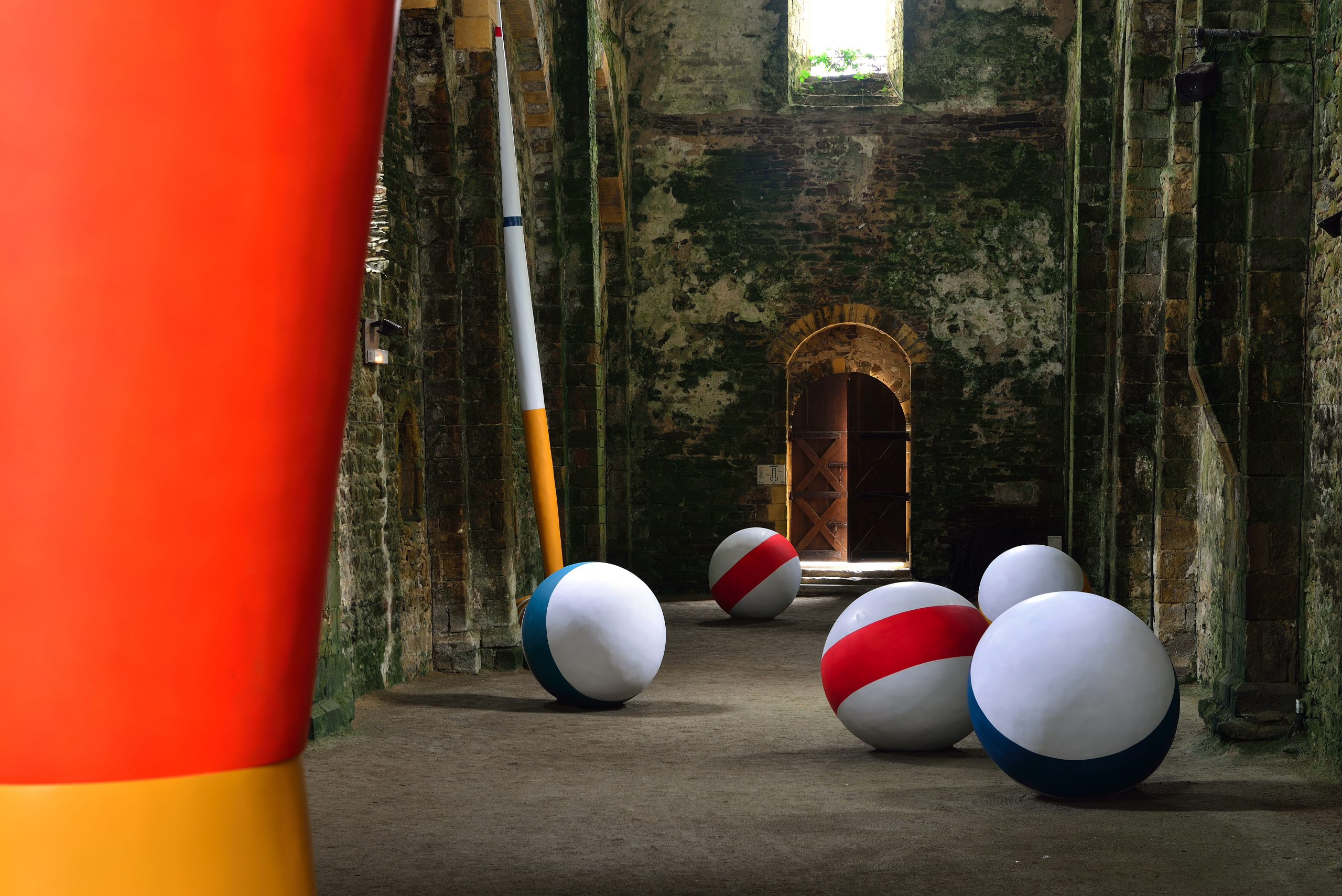
EULOGY OF THE PAUCITY OF REALITY | Fiberglass, metal, industrial lacquer | Balls 125 cm diameter, mallet 485 cm high| Eglise Saint Jean d’Orbestier, Château d'Olonne | 2016

BILBOQUETS OR THE ORIGIN OF THE WORLD | Turned wood, hemp cord | Casa França-Brasil, Rio de Janeiro, 2004

LINE OF THOUGHT | Objects, steel cable | Musée des Beaux-arts d'Agen, 1998

MEMORIES OF MY HUNDRED YEARS | Paço Imperial, Rio de Janeiro | 2009
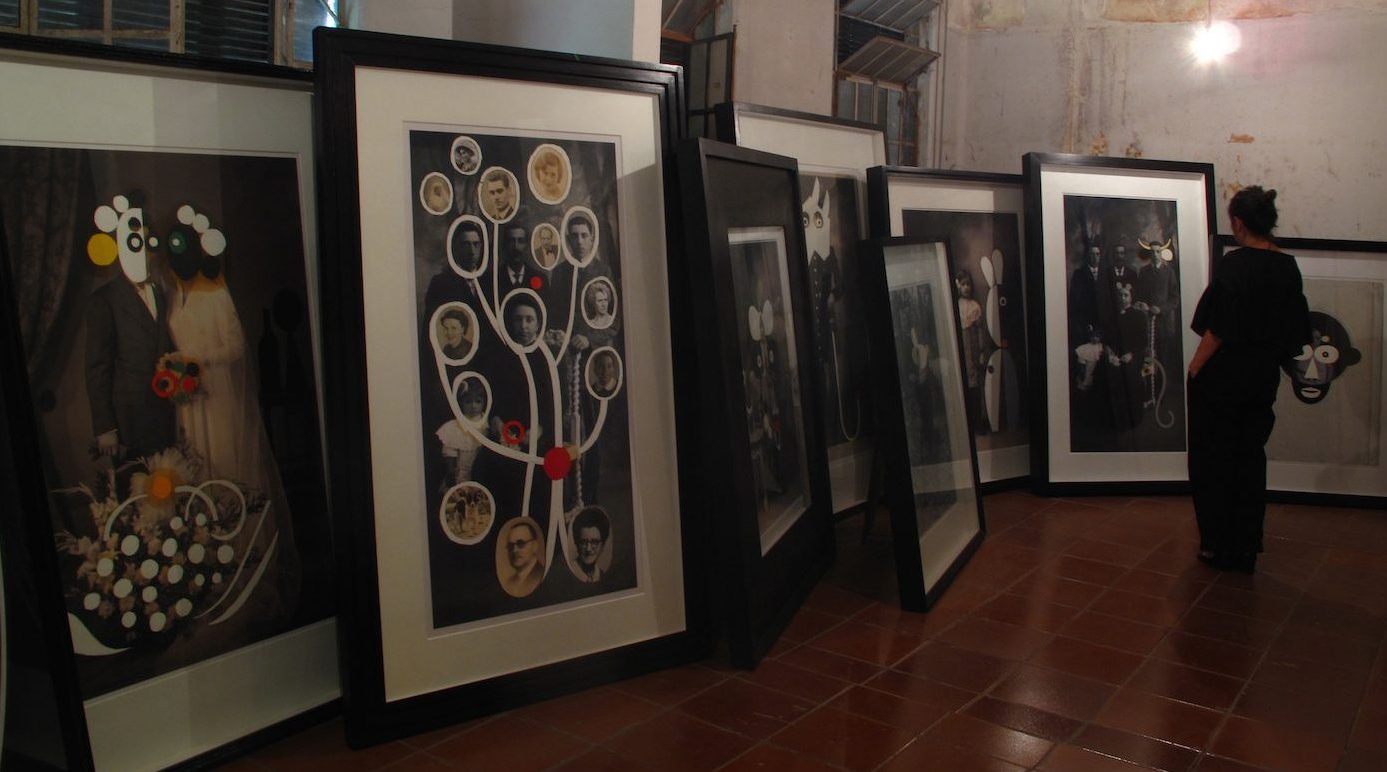
MEMORIES OF MY HUNDRED YEARS | Paper and oil on inkjet photos on aluminium; wood and glass frames | "Made by Brazilians", Hôpital Matarazzo, São Paulo | 2014

STOOLS | Wood, hemp cord, metal | Chapelle de la Visitation, Thonon les Bains, 2012
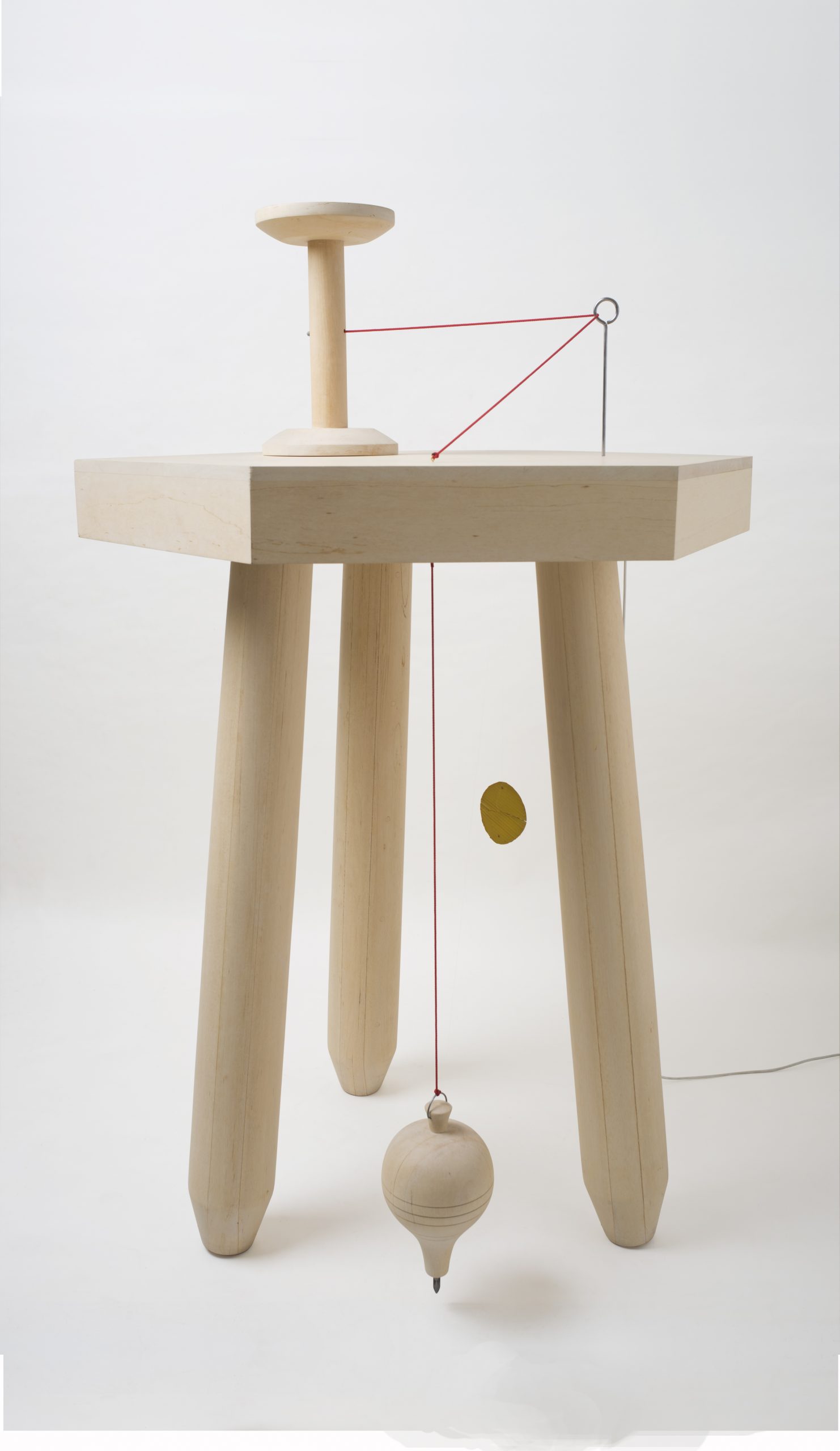
STOOL (PORTRAIT OF LEON F.) | Wood, hemp cord, metal, paper, motor | 165 x 87 x 94 cm | 2012
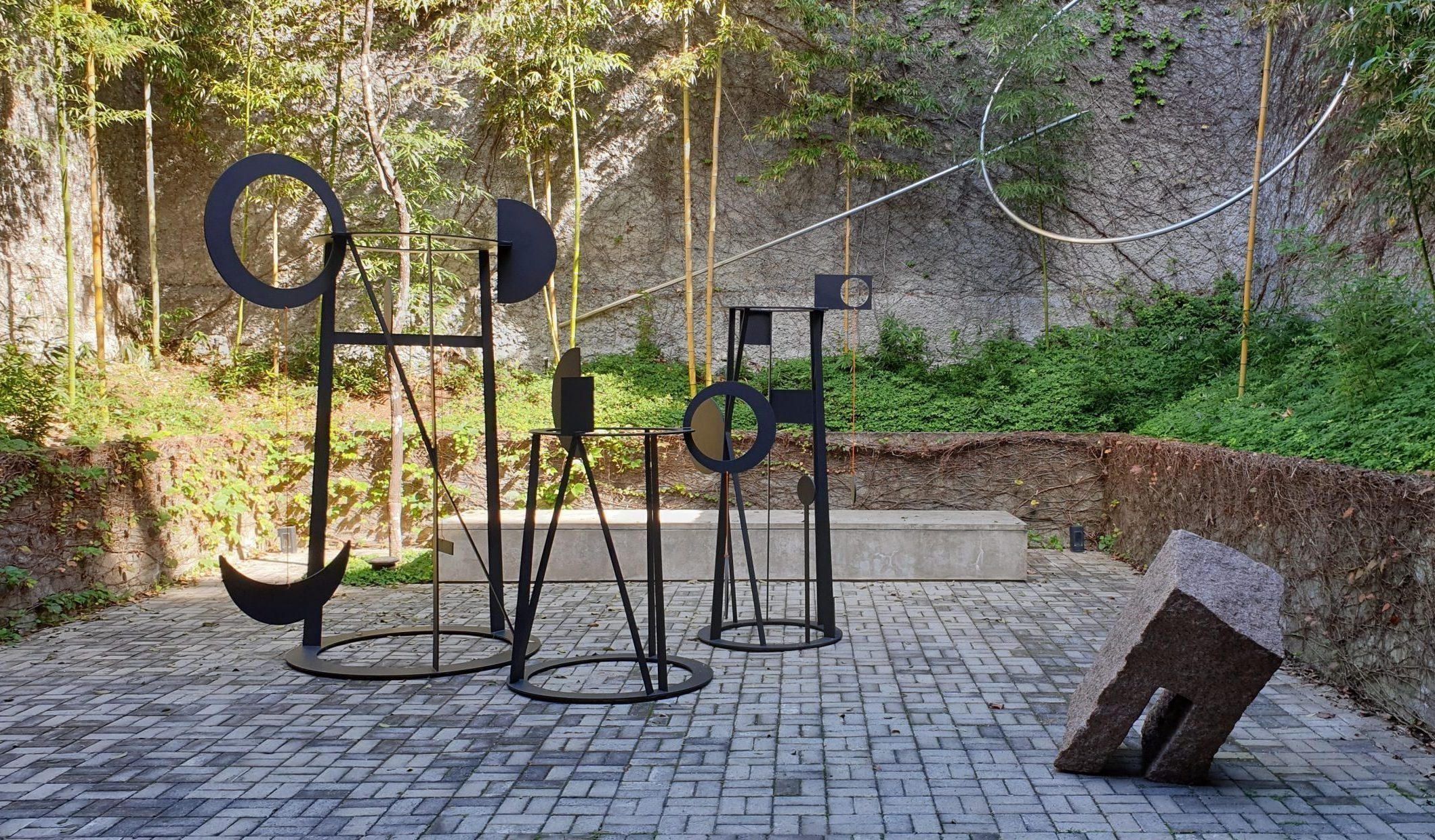
THREE SCAFFOLDS FOR A PORTRAIT | Steel | 225 x 122 x 87 cm , 187 x 120 x 77 cm , 180 x 88 x 90 cm | 2012 | Galeria Raquel Arnaud, São Paulo, 2019
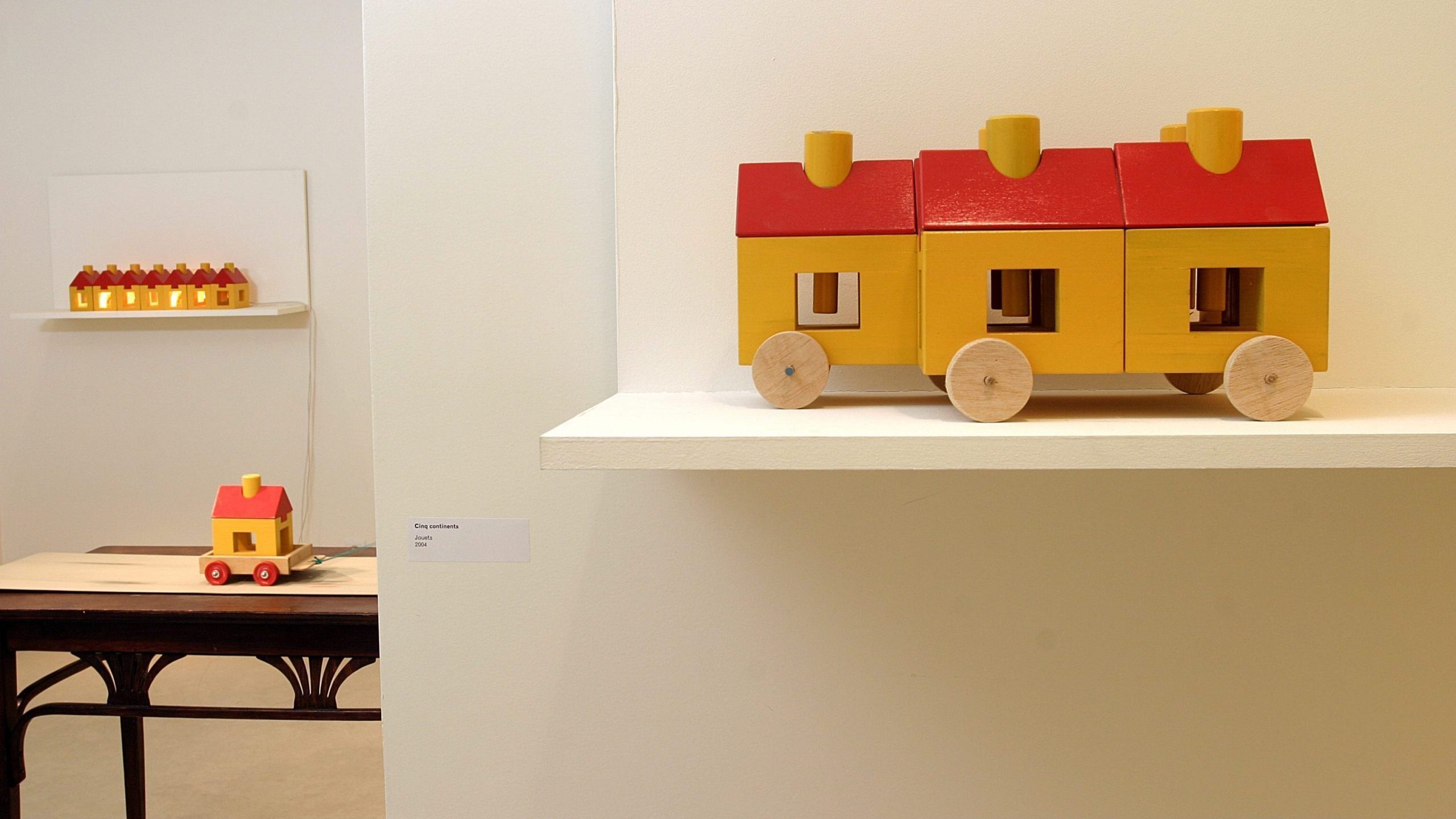
FIVE CONTINENTS | Toys, wood | 17 x 37,5 x 19 cm | 2004 | Maison de l'Amérique latine, Paris, 2005
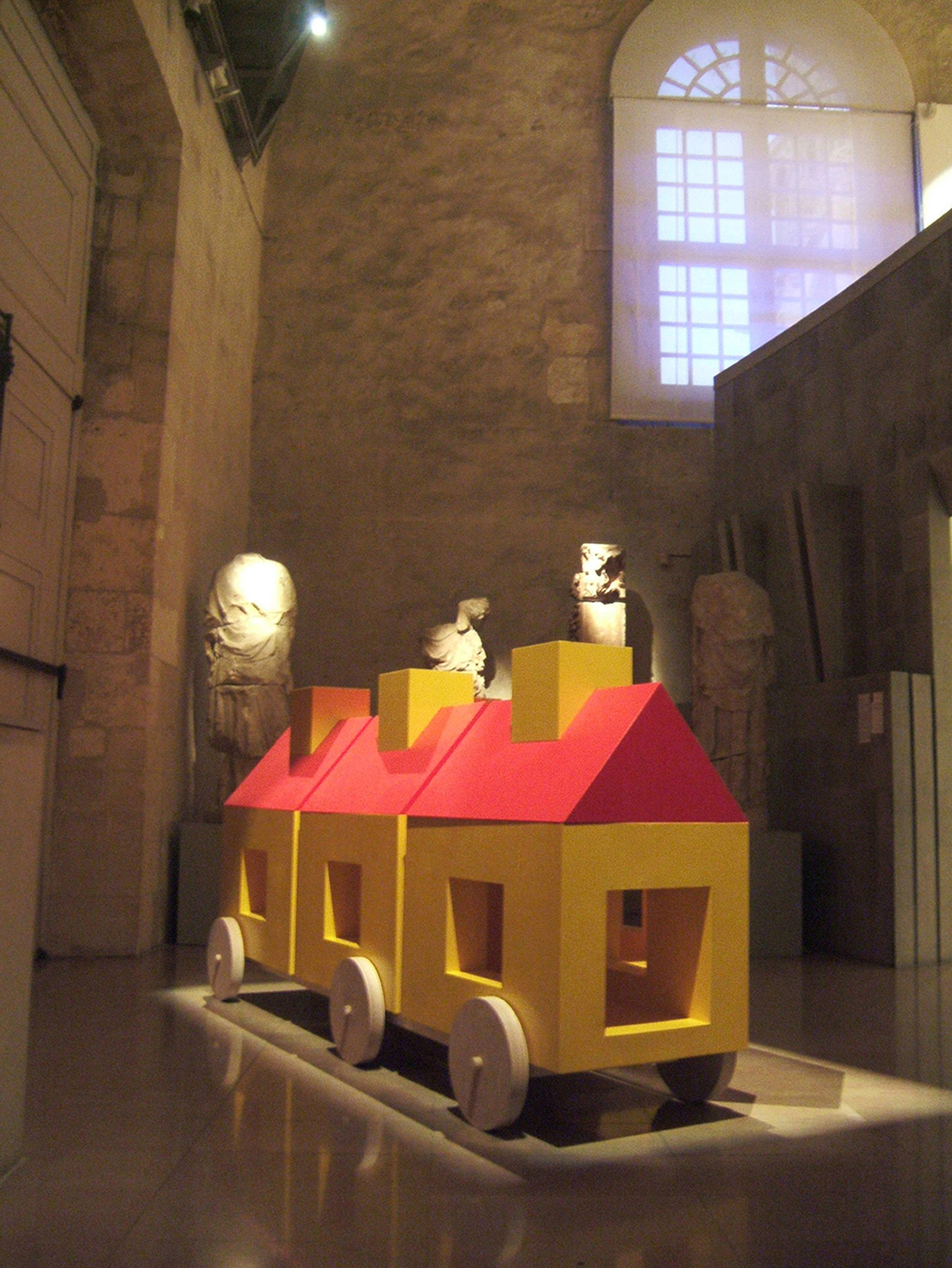
FIVE CONTINENTS | Wood, industrial lacquer | 150 x 262 x 133 cm | Musée de l'Hôtel Dieu, Mantes-la-Jolie | 2005
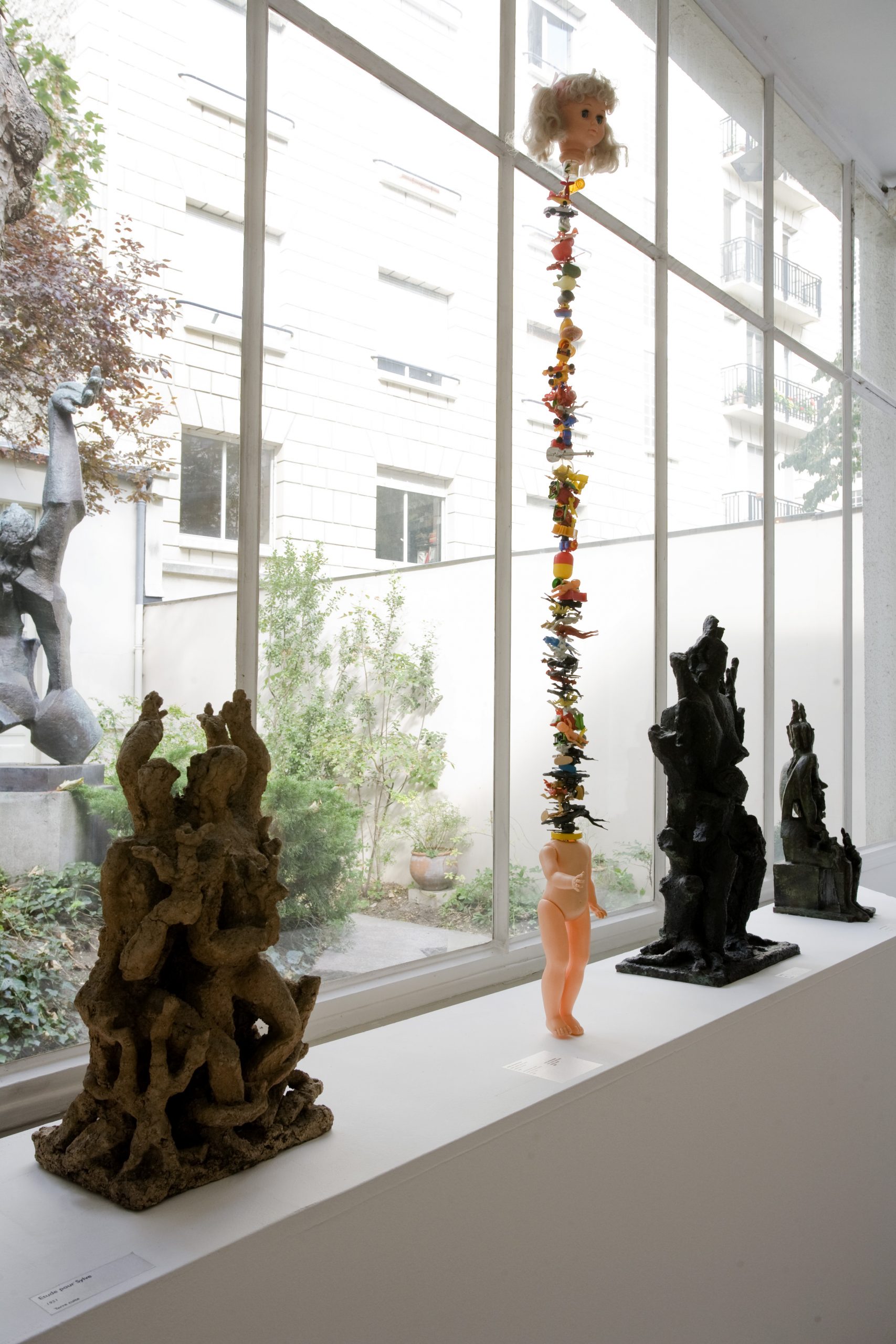
ANTHROPOPHAGOUS VENUS | Objects, wire | 154 cm high | 1998 | Musée Zadkine, Paris, 2010
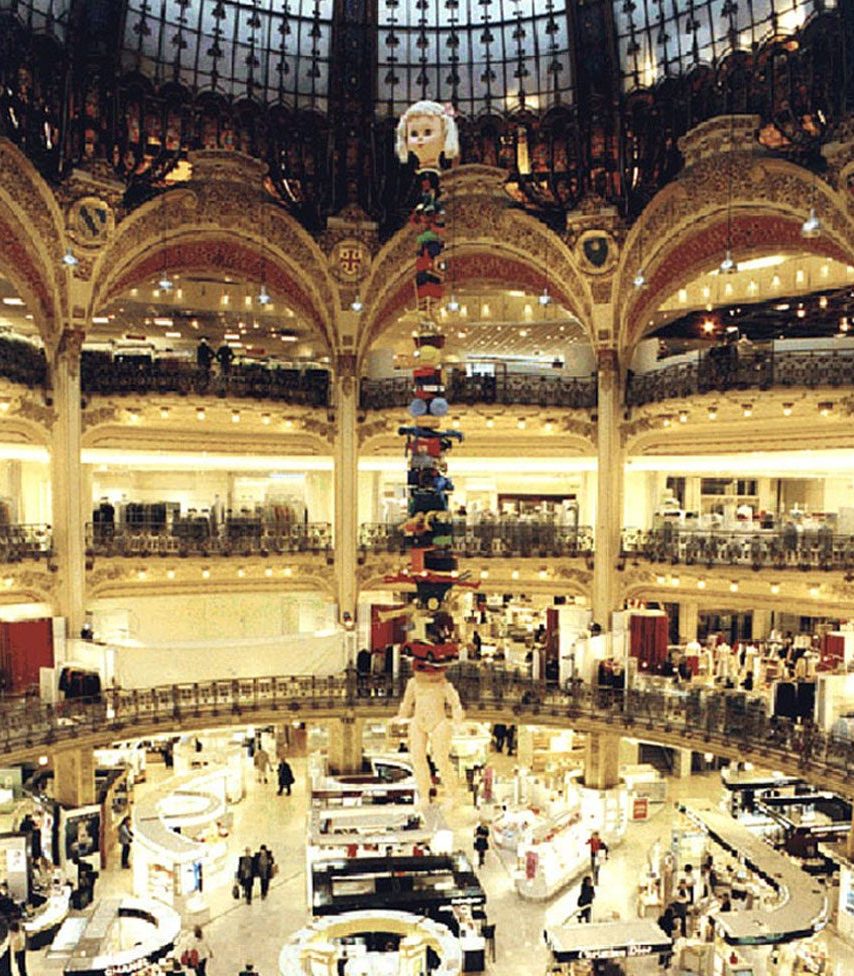
ANTHROPOPHAGOUS VENUS | Objects, steel cable, fiberglass | 15 m high | Galeries Lafayette, Paris, 2005
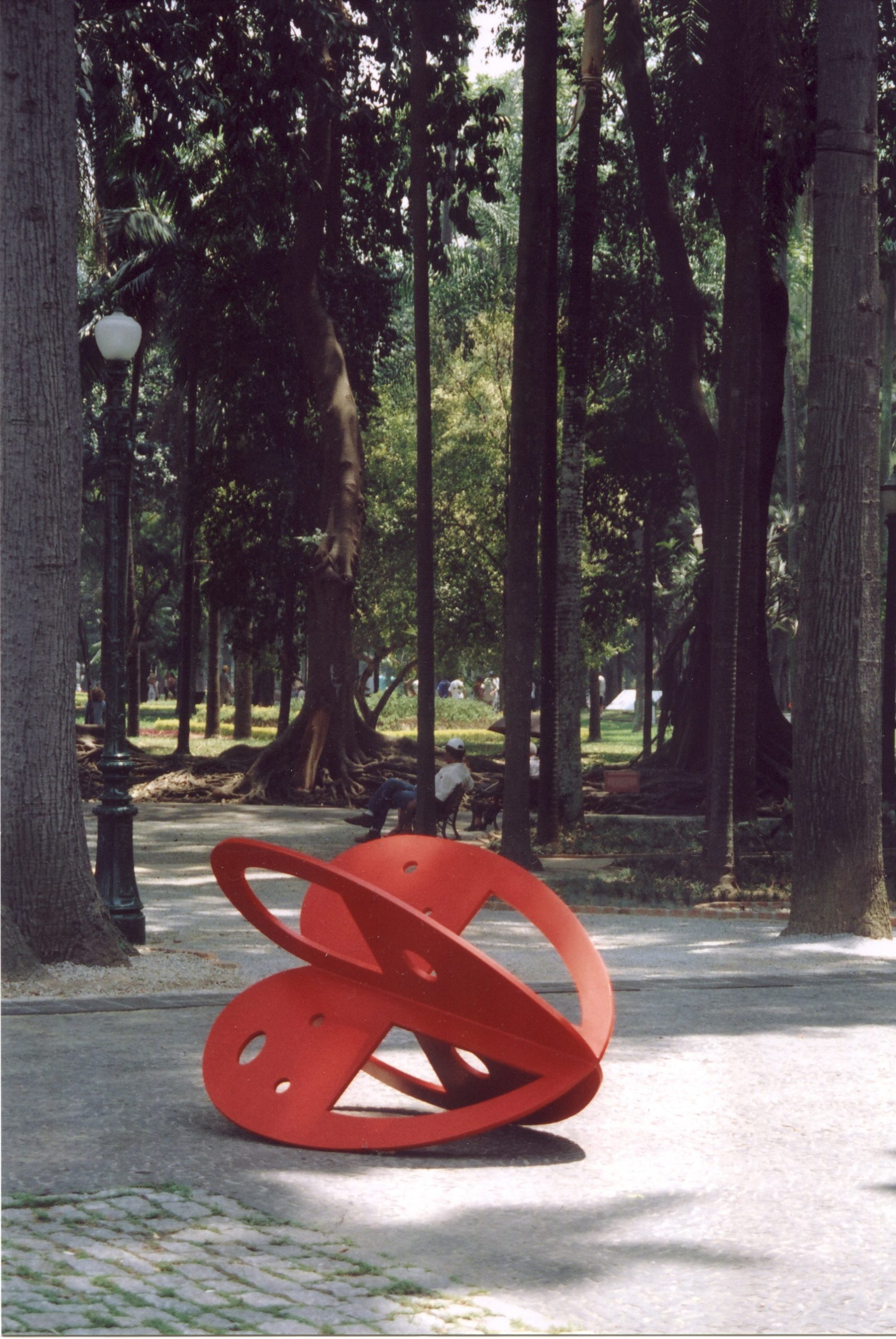
HEART | Steel, industrial lacquer | Pinacoteca do Estado de São Paulo, 2002
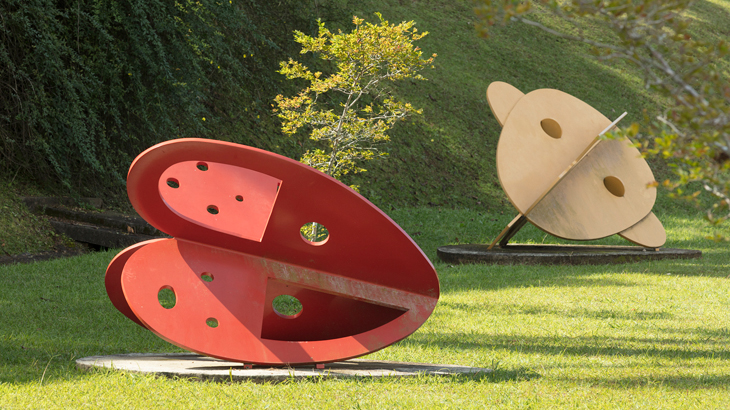
HEART, DREAMER | Steel, industrial laquer | Parque de esculpturas Sesc Itaquera

ONE CANNOT THINK THE ENCLOSURE OF WHAT HAS NO END | Wool thread, polypropylene yarn on cotton veil | 2340 x 780 cm | Abbaye du Thoronet | CMN / Palais de Tokyo | 2019
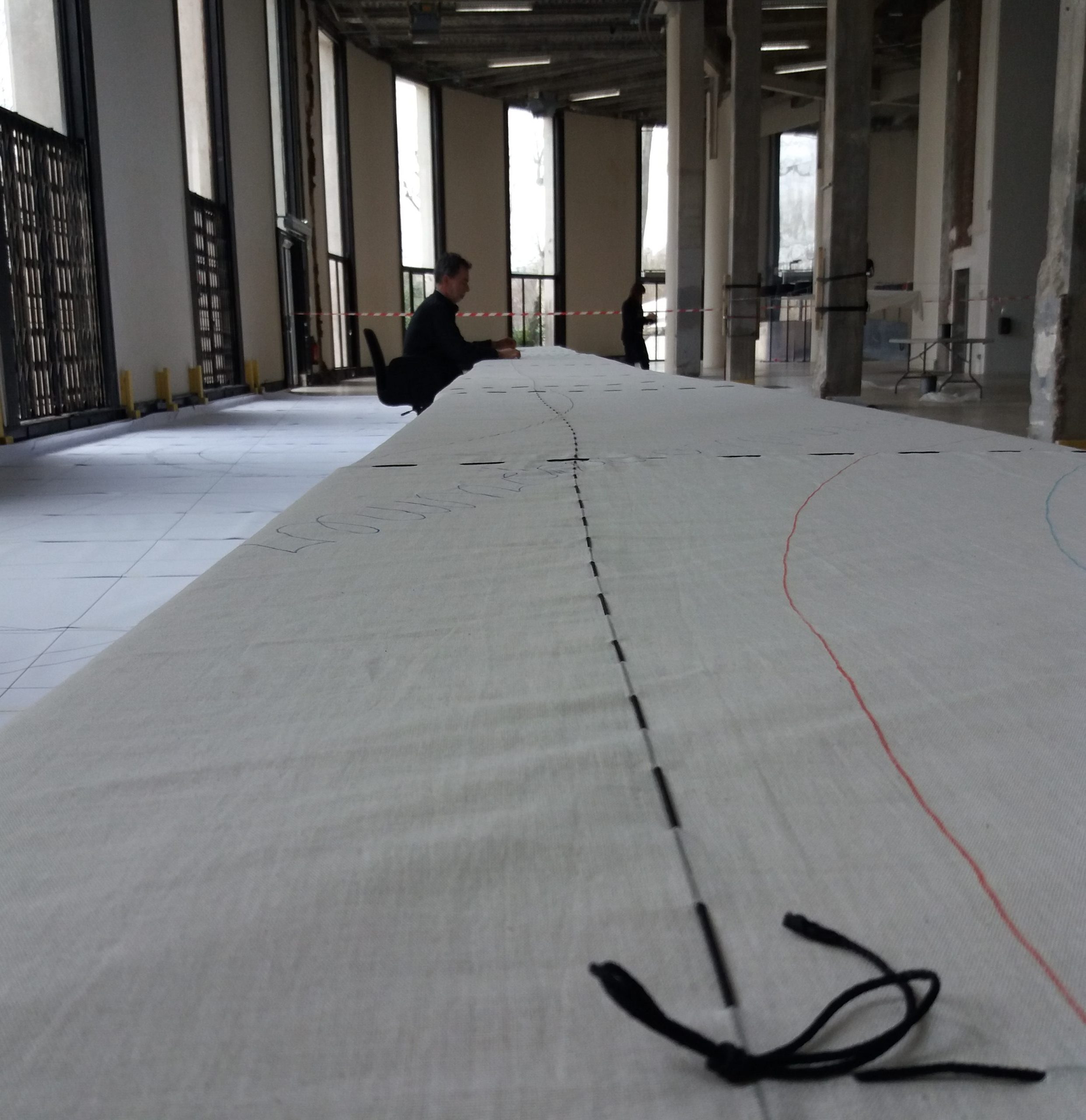
ONE CANNOT THINK THE ENCLOSURE OF WHAT HAS NO END | Wool thread, polypropylene yarn on cotton veil | 2340 x 780 cm | Work in progress, Palais de Tokyo, Paris, 2019
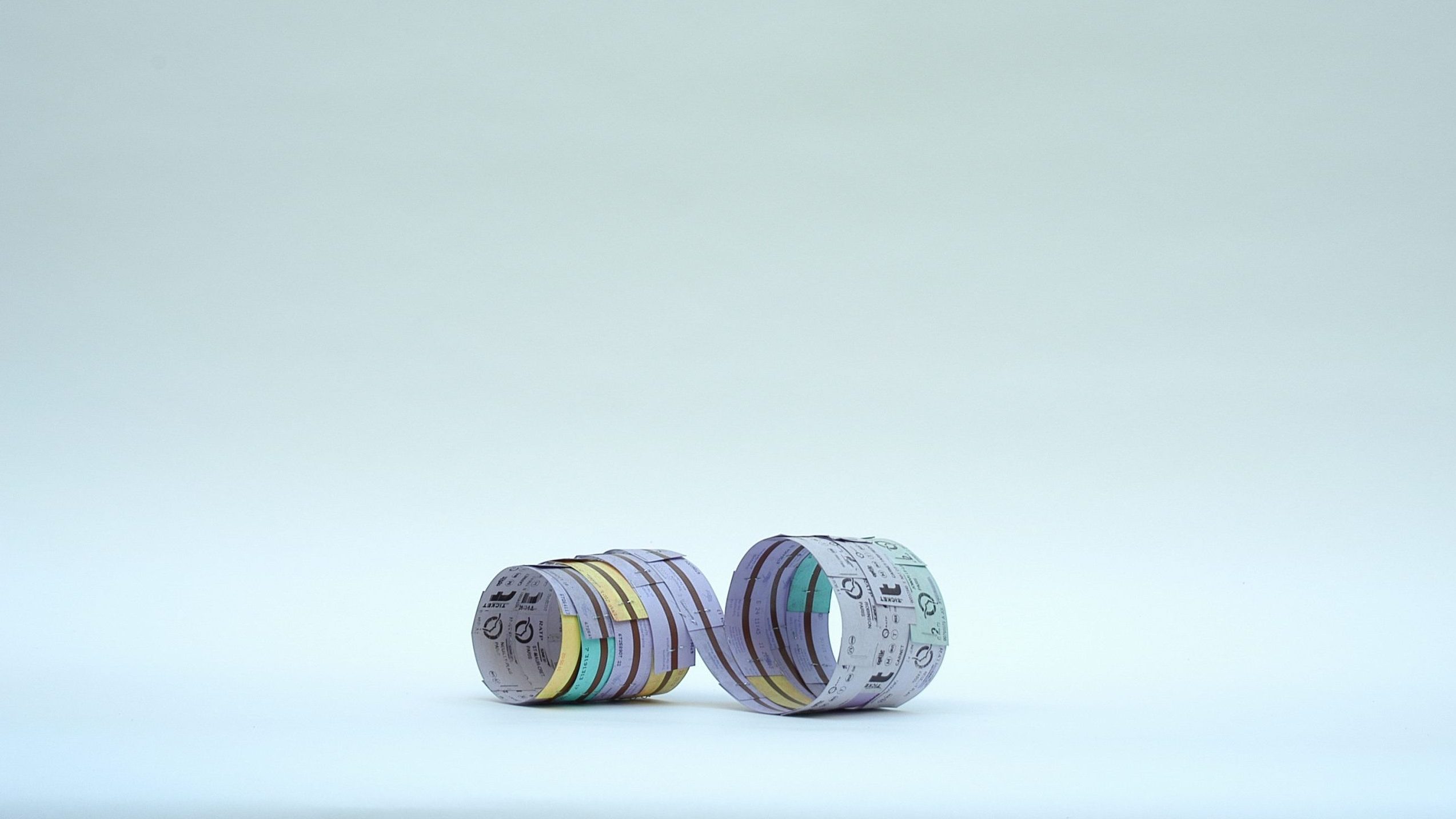
MIGRANT ARCHITECTURES SERIES | Metro tickets, staples | 4 x 6 x 9,8 cm | 2004
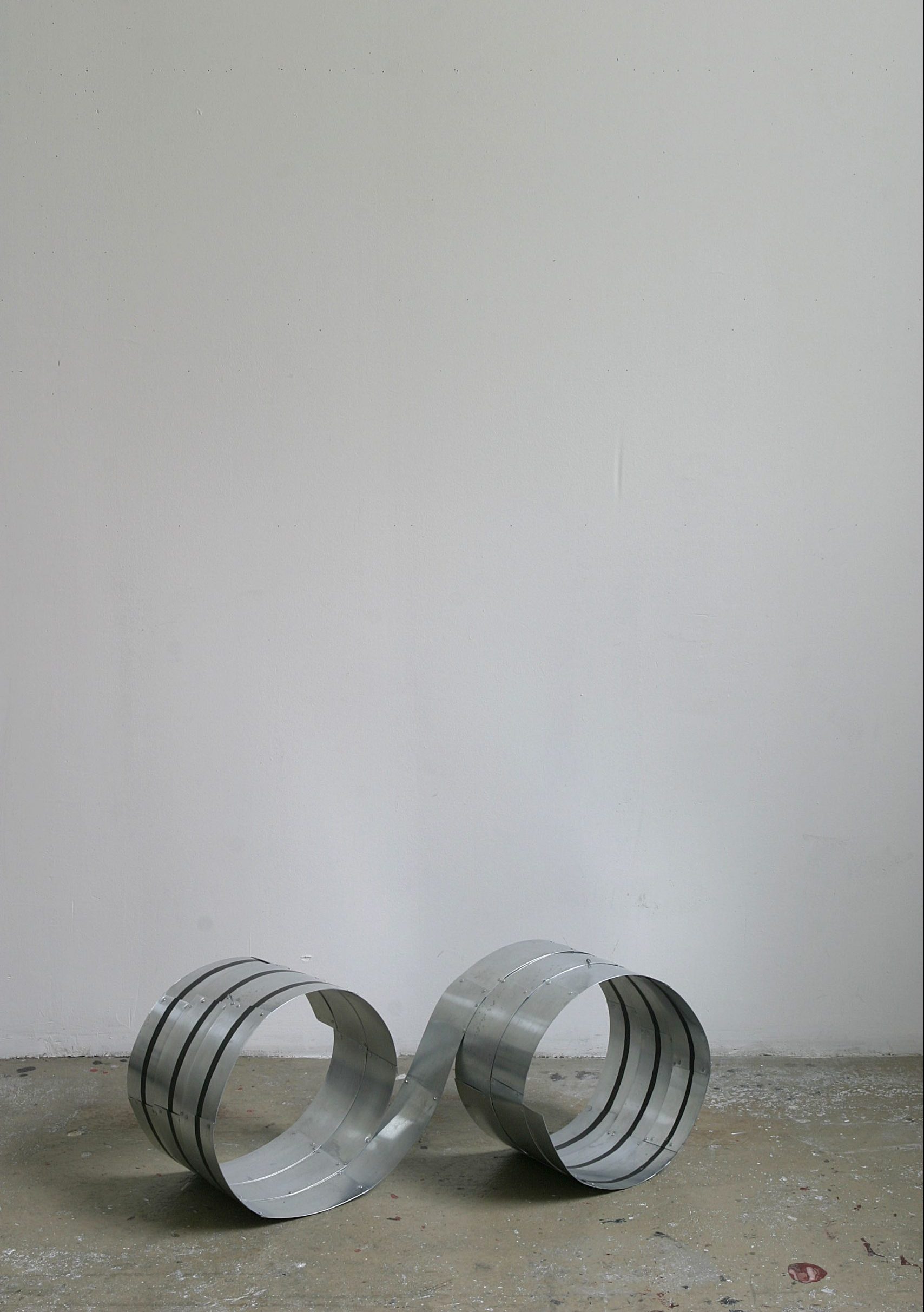
MIGRANT ARCHITECTURES SERIES | Aluminium foil, industrial lacquer | 45 x 60 x 98 cm | 2005
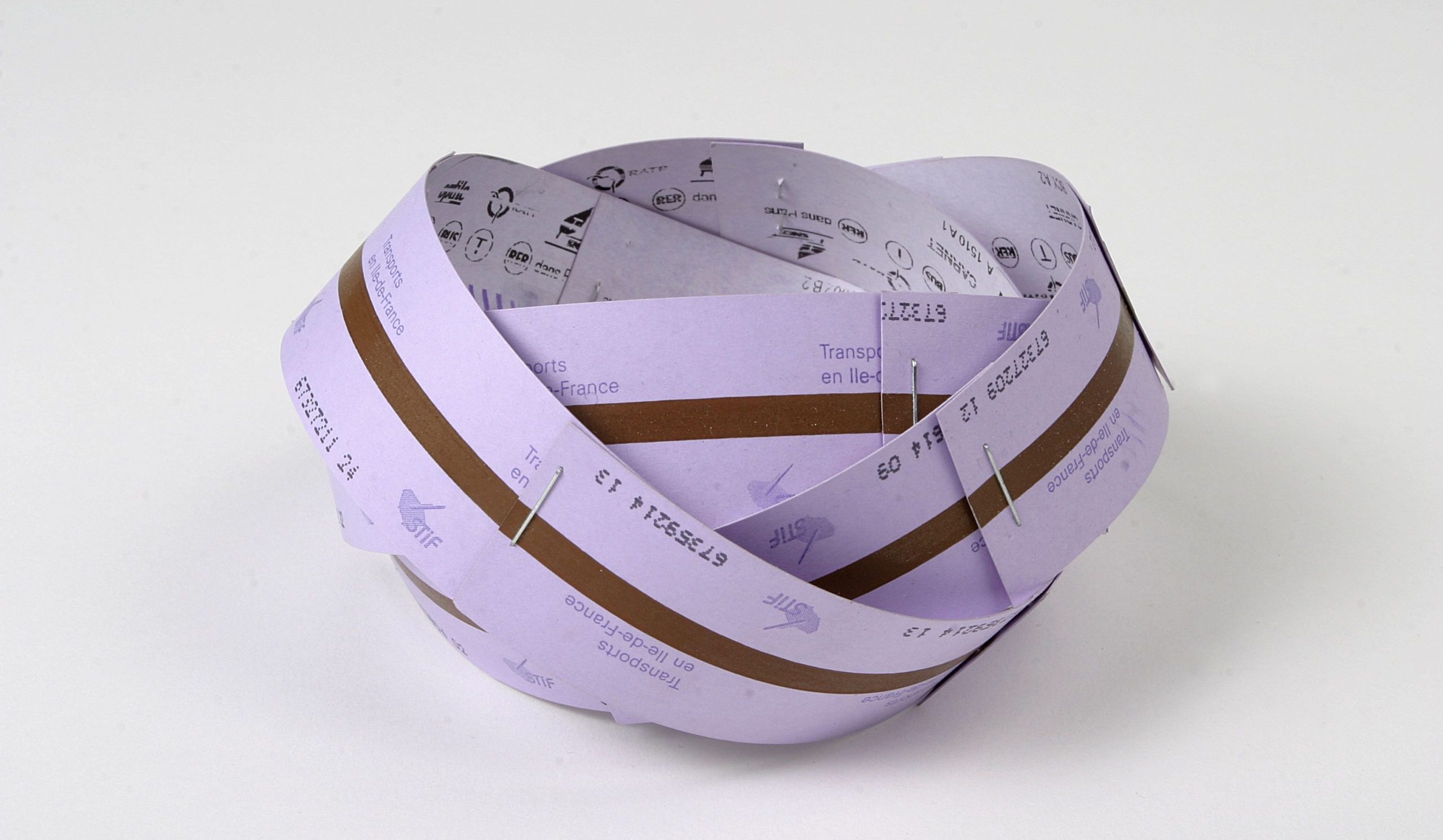
MIGRANT ARCHITECTURES SERIES | Metro tickets, staples | 4 x 7 x 7,5 cm | 2004
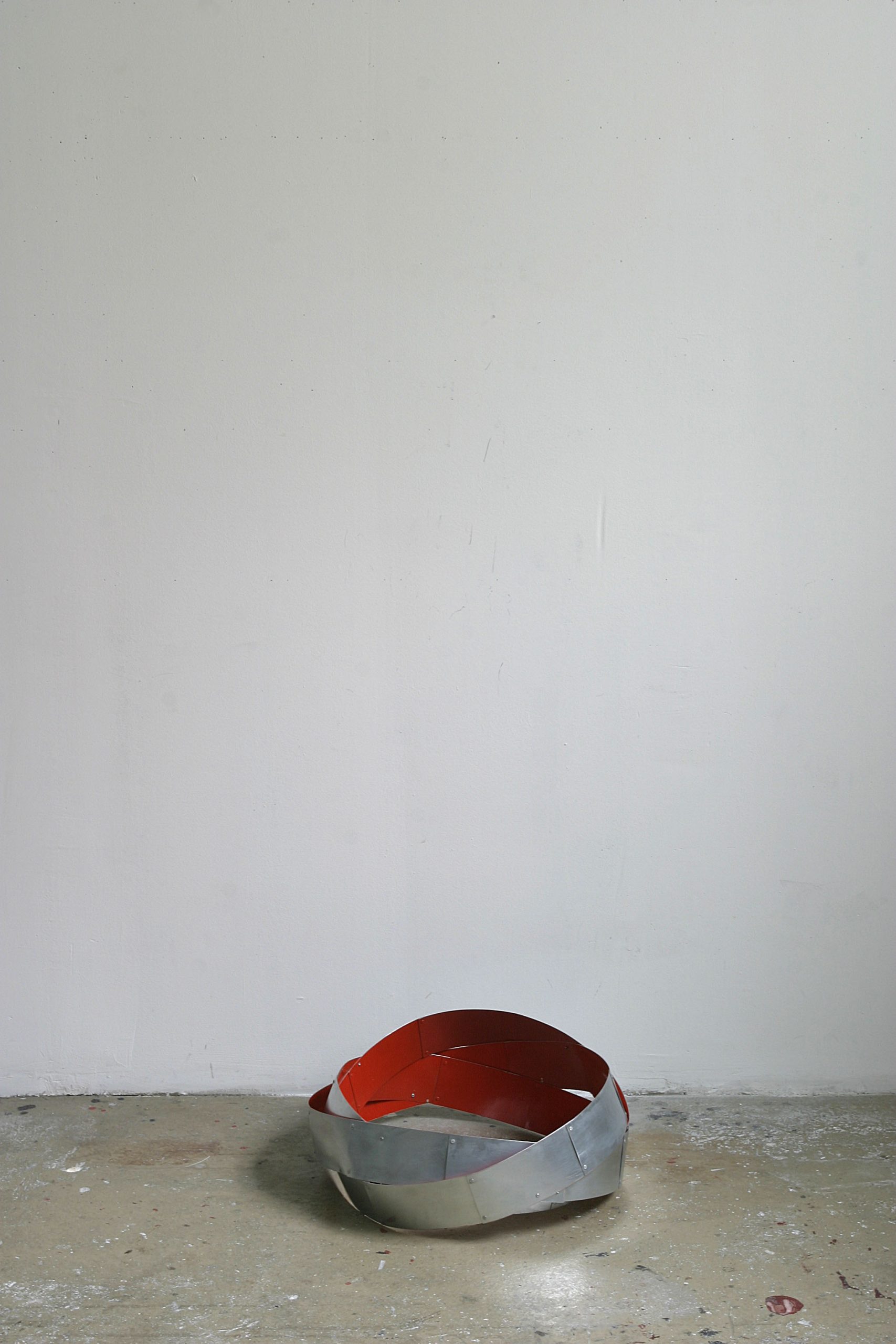
MIGRATORY ARCHITECTURE | Zinc, industrial lacquer | 2005






